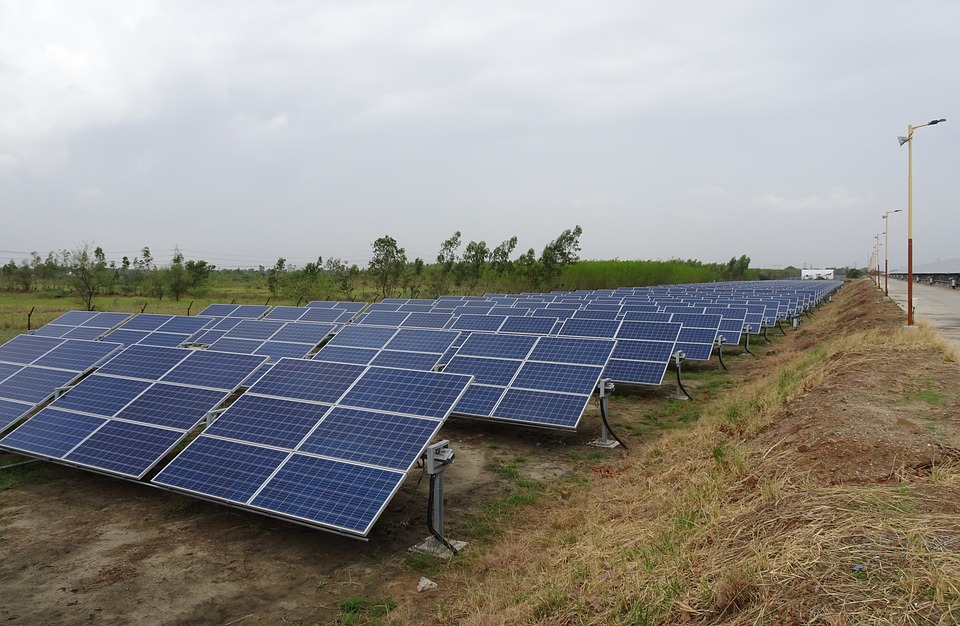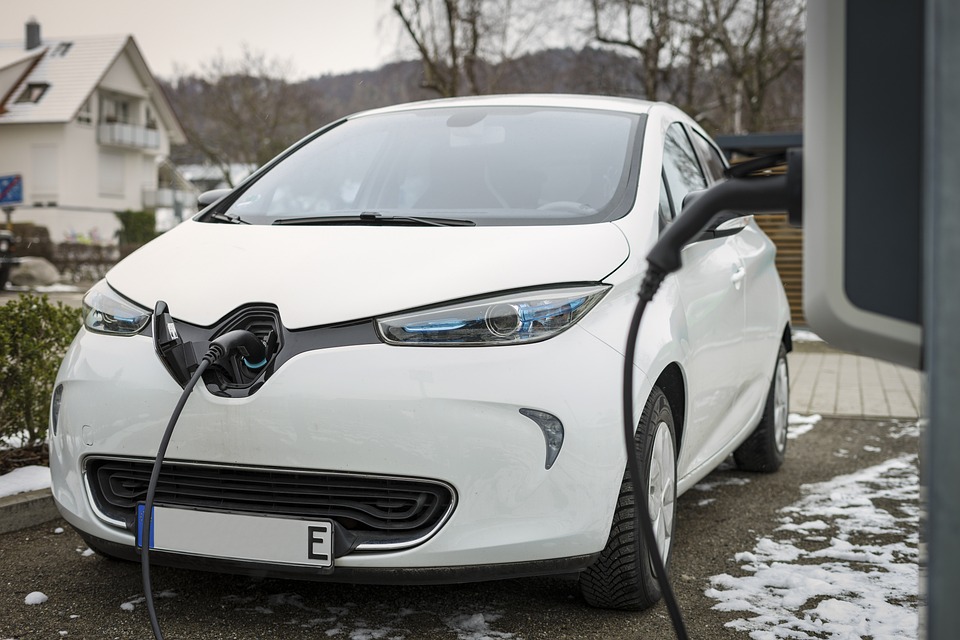[ad_1]
Renewable Energy’s Economic Impact: Driving Growth and Creating Jobs
Introduction
Renewable energy has emerged as a key driver of economic growth around the world. As countries strive to reduce their carbon emissions and combat climate change, the renewable energy sector has experienced significant expansion. This growth is not only benefiting the environment but also contributing to job creation and economic prosperity. In this article, we will delve into the economic impact of renewable energy, focusing on how it drives growth and creates jobs.
The Economic Benefits of Renewable Energy
1. Job Creation
The renewable energy sector has become a substantial source of employment globally. According to the International Renewable Energy Agency (IRENA), the sector employed approximately 11.5 million people worldwide in 2019, a sharp increase from 7.2 million in 2012. This surge in employment can be attributed to the growing deployment of renewable energy technologies such as solar, wind, hydro, and bioenergy.
These technologies require a skilled workforce throughout their lifecycle, from manufacturing and installation to operation and maintenance. For instance, the construction and operation of wind farms create a range of job opportunities, including project development, engineering, manufacturing, transportation, installation, and maintenance. The same can be said for solar power, which requires professionals in areas such as system design, installation, and maintenance.
2. Economic Growth
The renewable energy industry has the potential to spur economic growth and enhance energy security. As countries invest in renewable energy projects, they foster the development of related infrastructure such as power grids, storage solutions, and manufacturing facilities. This infrastructure investment attracts ancillary industries, leading to a multiplier effect that drives economic expansion. Additionally, the renewable energy sector tends to rely on local resources and expertise, resulting in reduced import spending and increased domestic economic activity.
Moreover, renewable energy projects often require significant investments, creating opportunities for private sector involvement and stimulating business activity. These investments can catalyze innovation, drive technology development, and attract research and development initiatives. Consequently, the renewable energy sector facilitates the diversification of economies, enabling a transition from fossil fuel-dependent economies to low-carbon, sustainable ones.
Frequently Asked Questions (FAQs)
1. Is renewable energy more expensive than conventional energy sources?
In the past, renewable energy technologies were often more expensive than conventional sources. However, significant advancements in technology, economies of scale, and supportive policies have resulted in a notable decrease in the cost of renewable energy. In many regions, renewables are now cost-competitive with fossil fuels, and their costs continue to decline.
2. Does renewable energy contribute to energy security?
Renewable energy diversifies energy supply sources, reducing dependence on finite fossil fuel reserves. Unlike oil, gas, or coal, renewable energy sources are, for the most part, domestically available and abundant. This reduces the vulnerability to price fluctuations and geopolitical tensions associated with the import of fossil fuels, thereby enhancing energy security.
3. What role does renewable energy play in combating climate change?
Renewable energy reduces greenhouse gas emissions and helps mitigate climate change. By replacing fossil fuels with clean energy sources, renewable technologies significantly reduce carbon dioxide and greenhouse gas emissions, which are major contributors to global warming and climate change.
4. Are there any constraints in the growth of renewable energy?
While the growth of renewable energy is generally positive, there are certain challenges that need to be addressed. These include intermittent power generation due to weather conditions, limited storage capacity, and the need for a robust transmission and distribution infrastructure. However, continuous advancements in technology and policy frameworks aim to overcome these obstacles and maximize the potential of renewable energy.
Conclusion
Renewable energy’s economic impact goes beyond its environmental benefits. The sector’s considerable growth is driving job creation and fostering economic development worldwide. Renewable energy projects create diverse employment opportunities and attract investments, resulting in enhanced energy security, economic growth, and technology innovation. As governments and businesses continue to prioritize the transition towards renewable energy, the economic advantages will become even more pronounced, positioning the sector as a key driver of sustainable development.
References:
– International Renewable Energy Agency (IRENA). (2020). Renewable Energy and Jobs – Annual Review 2020.
– U.S. Energy Information Administration (EIA). (2021). What is renewable energy, and what role does it play in the United States?
[ad_2]



